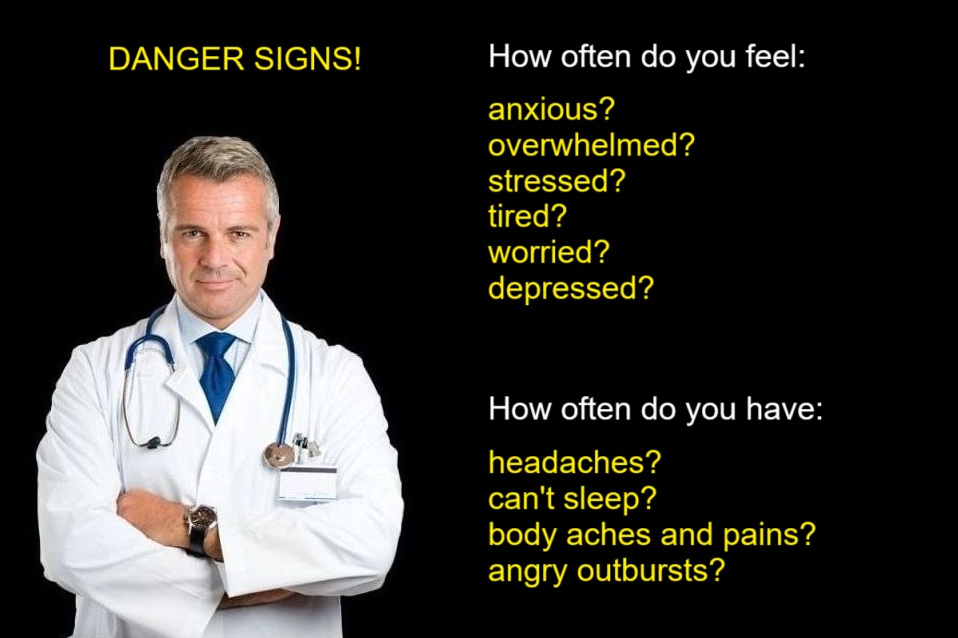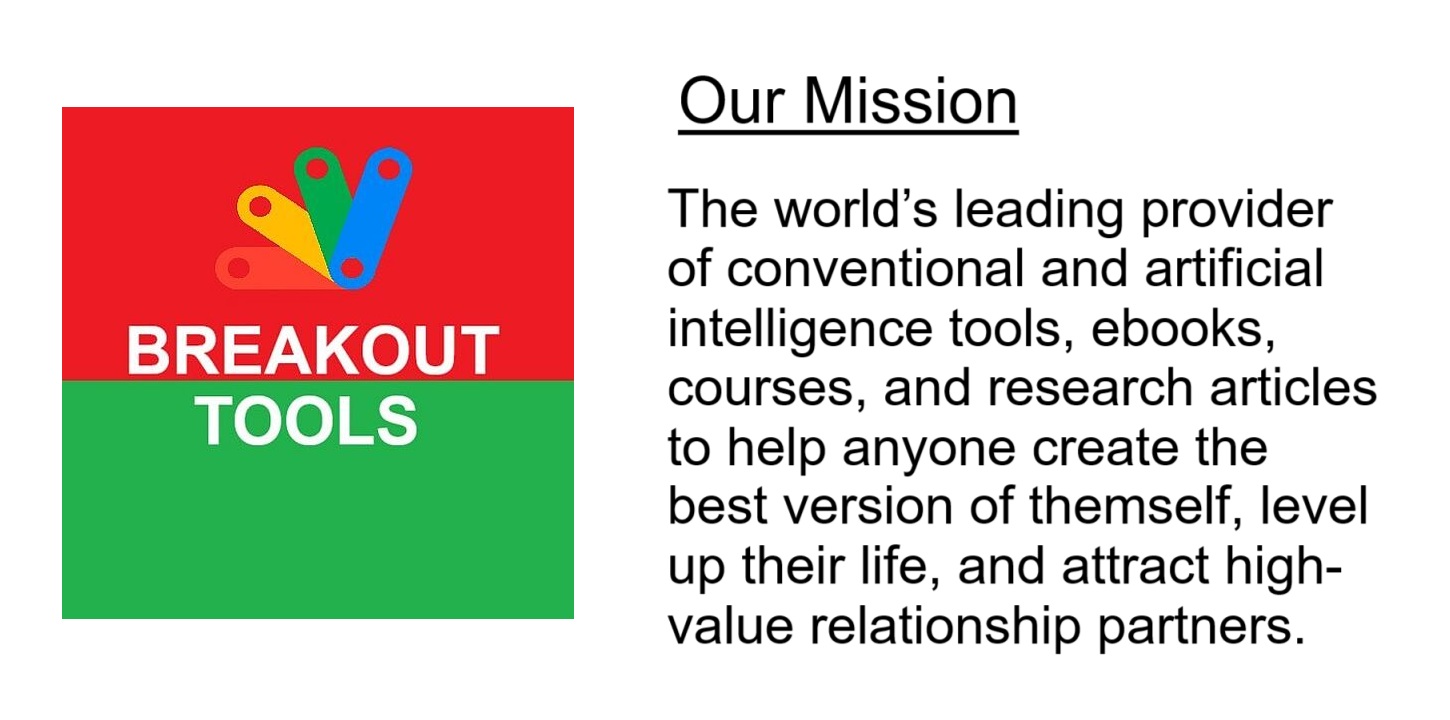Last Updated on July 15, 2025 by Bertrand Clarke
A Modern Nicotine Craze
In recent years, nicotine pouches have taken the U.S. by storm, emerging as a trendy, discreet alternative to traditional tobacco products like cigarettes and chewing tobacco. Marketed as “lip pillows” or “upper deckers,” these small, microfiber pouches contain nicotine powder and are tucked between the lip and gum for a smokeless, spit-free nicotine hit. Their sleek packaging, vibrant flavors like mint, citrus, and coffee, and tobacco-free branding have fueled their meteoric rise, particularly among young adults and teens. However, this surge in popularity has come with an alarming downside: a dramatic increase in accidental poisonings among young children, prompting urgent calls for enhanced safety measures and public awareness.
Skyrocketing Popularity and Sales
Nicotine pouches, introduced to the U.S. market in 2014, have seen explosive growth. According to data from the U.S. Census Bureau, approximately 0.5% of Americans used nicotine pouches in 2024, a modest figure compared to the 9% who smoke cigarettes or the 3% who vape. However, sales figures tell a different story. From 2019 to 2022, unit sales of nicotine pouches soared from 126.06 million to 808.14 million, a staggering 541% increase, per industry reports. Brands like ZYN, Velo, and On! have led the charge, with ZYN alone selling 350 million cans in 2023, a 62% jump from the previous year. This growth has been driven by aggressive marketing campaigns touting the pouches as a cleaner, more convenient way to consume nicotine, appealing to both existing tobacco users and new consumers.
The allure of nicotine pouches lies in their discretion and ease of use. Unlike cigarettes or vaping devices, they produce no smoke or vapor, making them ideal for use in settings where smoking is prohibited, such as workplaces or public spaces. Available in strengths ranging from 1.5 mg to 12 mg of nicotine per pouch, they cater to a wide range of preferences, from light users to those seeking a stronger hit. Their flavored varieties—cinnamon, mango, and wintergreen, to name a few—further enhance their appeal, particularly among younger demographics. The National Youth Tobacco Survey reported that nicotine pouch use among teens doubled between 2021 and 2024, making them the second most-used nicotine product among youth, trailing only e-cigarettes.
A Hidden Danger for Children
While nicotine pouches may be a hit among adults, their accessibility and appealing packaging have created a significant public health concern for young children. A study published on July 14, 2025, in the journal Pediatrics revealed a 763% increase in calls to poison control centers involving children under 6 from 2020 to 2023. The rate of poisonings rose from 0.48 per 100,000 children in 2020 to 4.14 per 100,000 in 2023, with nearly all incidents occurring at home. The study, co-authored by Natalie Rine, director of the Central Ohio Poison Center, attributes this spike to the growing prevalence of nicotine pouches in households, compounded by the stay-at-home orders during the COVID-19 pandemic, which gave children greater access to these products.
Nicotine is a potent stimulant, and even small amounts can be dangerous for young children. A single pouch can contain up to 6 mg of nicotine, equivalent to or exceeding the nicotine content of a cigarette. For a toddler weighing 10-15 kg, ingesting just 1 mg of nicotine per kg of body weight can be fatal, according to a 2019 study. Symptoms of nicotine poisoning in children include nausea, vomiting, increased heart rate, high blood pressure, and, in severe cases, seizures or respiratory failure. The Pediatrics study reported 39 cases with major medical outcomes, including intensive care admissions, and tragically, two deaths linked to nicotine products, including pouches and vape e-liquids.
Why Are Children at Risk?
The design and marketing of nicotine pouches contribute to their appeal to children. Their small, colorful canisters resemble mint or candy containers, and their sweet flavors can entice curious toddlers who explore their world by putting objects in their mouths. Unlike some medications, many nicotine pouch products lack child-resistant packaging, making them easy for young children to open. “Kids are incredibly curious and resourceful,” said Dr. Sarah O’Shea, a pediatrician and co-author of the Pediatrics study. “They see adults using these products and want to mimic them, or they find a can in a drawer and think it’s candy.”
The lack of regulatory oversight exacerbates the issue. While the Food and Drug Administration (FDA) authorized the marketing of 20 ZYN nicotine pouch products in January 2025 through the premarket tobacco product application (PMTA) pathway, these products are not approved as nicotine replacement therapies for smoking cessation. Moreover, the FDA has issued warnings to retailers for selling nicotine pouches to minors, with 119 citations issued in 2024 alone. Public health advocates, including Yolonda Richardson of the Campaign for Tobacco-Free Kids, argue that the absence of consistent child-resistant packaging and the enticing marketing of these products pose significant risks.
Public Health Response and Recommendations
The alarming rise in pediatric poisonings has spurred calls for action from health officials, researchers, and advocacy groups. Experts recommend that parents and caregivers store nicotine pouches in locked cabinets or high shelves, out of reach of children. “It’s critical to treat these products like any other potentially hazardous substance in the home,” said Rine. “Don’t use them in front of kids, as they’re likely to imitate adult behavior.” The Poison Help line (1-800-222-1222) is available 24/7 for immediate assistance if a child is suspected of ingesting a nicotine pouch.
Public health campaigns are also emphasizing education. The Centers for Disease Control and Prevention (CDC) and the American Lung Association have launched initiatives to inform parents, childcare providers, and healthcare professionals about the risks of nicotine pouches. These efforts include community workshops and online resources detailing safe storage practices and the signs of nicotine poisoning. Some advocates are pushing for stricter regulations, such as mandatory child-resistant packaging for all nicotine pouch products and bans on flavored varieties that appeal to youth.
The Broader Context: Health Risks and Harm Reduction
While nicotine pouches are marketed as a safer alternative to smoking, experts caution that “tobacco-free” does not mean “risk-free.” A 2022 study found that 26 out of 44 nicotine pouch samples contained cancer-causing chemicals like formaldehyde, ammonia, and nickel, though at lower levels than traditional smokeless tobacco products. Nicotine itself is highly addictive and can cause cardiovascular and respiratory issues, particularly in adolescents, whose developing brains are vulnerable to changes in mood, memory, and impulse control.
For adult smokers, nicotine pouches may offer a harm reduction option. The FDA’s 2025 authorization of ZYN products was based on evidence that they pose a lower risk of cancer and other serious health conditions compared to cigarettes and moist snuff. However, experts like Alexandra Howell, DMD, an oral medicine specialist at Virginia Commonwealth University, warn that prolonged use can lead to gum recession and other oral health issues. “Placing a chemical agent on your gum tissue for extended periods is just asking for trouble,” Howell said.
A Call for Balance
As nicotine pouches continue to gain traction, the challenge lies in balancing their potential as a harm reduction tool for adult smokers with the need to protect vulnerable populations, particularly children. The industry’s rapid growth shows no signs of slowing, with projections estimating a market value of $33 billion by 2026. Yet, the rise in pediatric poisonings underscores the urgency of addressing safety concerns.
Parents, policymakers, and manufacturers must work together to mitigate risks. Enhanced packaging standards, public education campaigns, and stricter marketing regulations could help prevent accidental exposures while allowing adults to access these products responsibly. As the debate over nicotine pouches continues, one thing is clear: their convenience and appeal come with a responsibility to keep them out of the hands of children.
For now, the message from health experts is unequivocal: store nicotine pouches safely, educate yourself about their risks, and act quickly if a child is exposed. The Poison Help line remains a critical resource, and vigilance at home is the first line of defense in protecting the youngest members of our communities.










